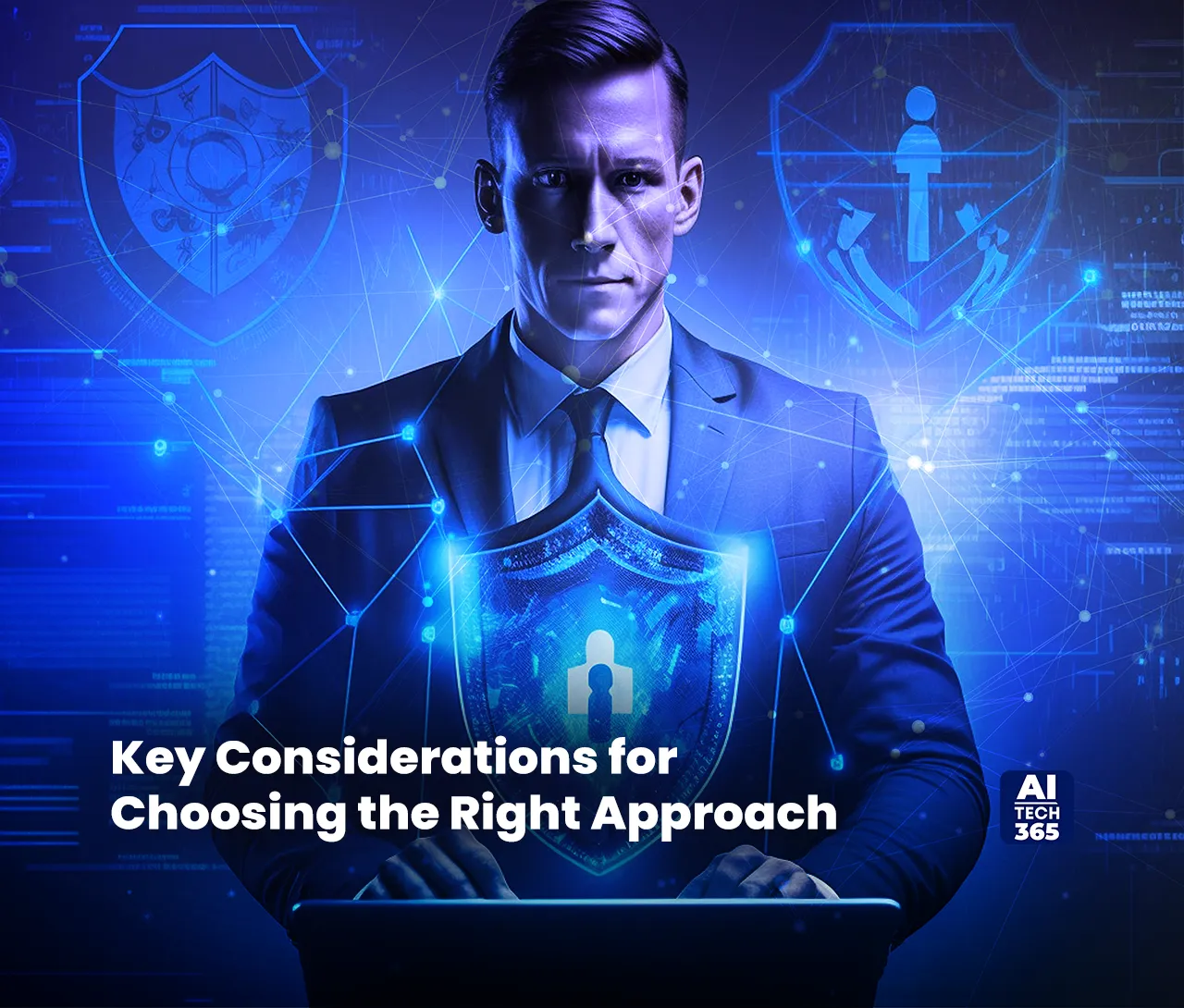In cloud computing, security is very important for all organizations. More businesses are moving to the cloud, so strong security solutions are now more important than ever. Two main security strategies stand out: agentless and agent-based security. Both options have pros and cons. Choosing the right one can greatly affect your cloud environment’s safety and efficiency. This article explores agentless and agent-based security. It helps you choose the best option for your organization’s needs.
Understanding Agent-Based Security
Agent-based security is like having security guards at your digital gateways. These software agents stay alert on your cloud’s endpoints, monitoring for threats. They spot suspicious activity and quickly respond to security risks. This keeps your environment safe and secure.
A key benefit of agent-based security is its detailed control. The agents on each device gather detailed info. They track system processes, user activities, and network connections. This detail helps security teams find and reduce threats accurately. If a malicious file is downloaded, the agent can quarantine it right away and alert the security team.
However, agent-based security is not without its challenges. Installing and managing agents can take a lot of resources. It needs strong computing power and plenty of storage. Also, keeping things consistent across many endpoints can be tricky. This is especially true in cloud environments, where virtual machines often start and stop. Compatibility issues can arise, especially in environments with different operating systems and apps.
Exploring Agentless Security
Agentless security works without needing software agents on each endpoint. It uses APIs, network protocols, and tools from cloud service providers to watch over and protect the environment. This approach is particularly well-suited for cloud-native applications and virtualized environments.
One of the standout benefits of agentless security is its simplicity and scalability. Deployment is easy because no agents need to be installed or managed. The solution can also scale up to fit growing cloud infrastructures. Agentless security is a great choice for organizations with big, changing cloud environments. Agentless solutions are also less intrusive. This lowers the risk of performance issues on endpoints.
Agentless security also excels in providing a holistic view of the cloud environment. Integrating with cloud service providers’ tools gives full visibility into the entire infrastructure. This includes virtual machines, containers, and serverless functions. This wider view helps security teams spot and handle threats better.
However, agentless security does have its limitations. Not having direct access to endpoints can lead to less detailed visibility than agent-based solutions. This can make it harder to find some threats, especially those that come from inside the system. Agentless security depends on the cloud service provider’s APIs and tools. This reliance can create dependencies and may lead to vulnerabilities.
Key Considerations for Choosing the Right Approach
When choosing between agentless and agent-based security, consider several factors. Your cloud environment, your organization’s security needs, and the resources for managing security all matter when finding the best approach.
For organizations with rapidly changing cloud environments, like those using containers and microservices, agentless security may be a better choice. Its scalability and easy deployment fit the fast changes in these environments. Agentless solutions also give a complete view of the whole infrastructure. This is key for keeping security strong in complex, distributed systems.
Organizations that need clear insight into endpoint activities and can handle agent deployments may prefer agent-based security. This method is great for places with strict compliance rules. Here, detailed logging and monitoring are essential.
A hybrid approach can also be useful. This means using both agentless and agent-based security solutions together. This gives you the best of both worlds. It offers clear visibility and control, and it also stays scalable and easy to manage. For example, an organization can use agentless security to monitor the entire infrastructure. It can use agent-based solutions for important endpoints that require closer inspection.
Also Read: The Rise of Cloud-Native AI: Benefits, Trends, and Use Cases
Real-World Examples and Statistics
Here are two real-world examples to show how these approaches work in practice. A top e-commerce company runs a huge cloud setup with many virtual machines. It chose an agentless security solution. The company noted that easy deployment and scalability were key factors in their choice. Using agentless security, they gained full visibility of their environment. This approach avoided the hassle of managing agents on every endpoint.
A financial services firm with strict regulations chose an agent-based security solution. The firm needed detailed logging and monitoring capabilities to comply with industry regulations. The agent-based approach gave the detailed visibility needed to meet compliance demands, even with extra management work.
A recent Gartner survey shows that by 2027, 90% of organizations plan to use a hybrid approach to cloud security. This means they will combine agentless and agent-based solutions. This trend highlights how crucial it is to be flexible and adaptable in today’s cloud security strategies.
Actionable Insights for Technology Enthusiasts
If you’re a tech enthusiast or an IT pro focused on securing cloud environments, here are some helpful tips to think about:
First, assess the specific needs of your cloud environment. Think about your infrastructure size, the workloads you manage, and your compliance needs. This assessment will help you find out if agentless, agent-based, or hybrid methods work best for you.
Second, evaluate the resources available for managing your security solution. Agent-based security gives better visibility, but it needs more resources to set up and manage. Make sure your team can handle these demands before choosing an agent-based approach.
Third, stay in the loop on the latest in cloud security. The landscape is dynamic, with new threats and solutions popping up almost daily. Staying updated on industry trends and best practices helps you make smart decisions. This proactive approach helps you adjust your security strategy as needed.
Lastly, consider running a pilot program to test various security methods in your space. This hands-on experience offers insights into the strengths and weaknesses of each approach. It helps you make a better decision.
Conclusion
The choice between agentless and agent-based security is not a one-size-fits-all decision. Every approach has its own pros and cons. The best choice depends on your organization’s needs and resources. Evaluate your cloud environment. Look at real-world examples and stay updated on industry trends. This way, you can choose the security approach that fits your goals best.
As cloud computing evolves, so do the tactics for safeguarding it. Whether you opt for agentless, agent-based, or a hybrid approach, flexibility is key. In the ever-shifting realm of cloud security, being ahead of the curve isn’t just smart—it’s essential.


